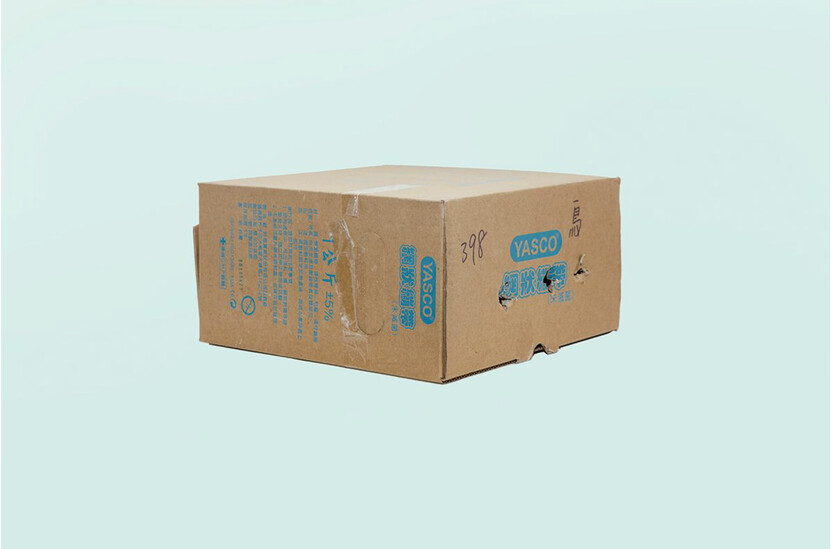In this latest commission, the ICZ has collaborated with several agen- cies and individuals to investigate the ways in which natural history and social history intersect in Taiwan. These case studies provide an insight into the ways in which the borders between invasive and native are policed in Taiwan, and these conservation efforts, depending on one’s perspective, could be seen as heroic or futile.
This series of works feature boxes that have been used to transport injured birds from around Taipei to the Wild Bird Society of Taipei.
Also operating as a bird rescue centre, the Society has since the 1990s been collecting and rehabilitating injured birds brought to the centre by members of the public, taking in about 3,000 birds a year. En route to the centre, rescuers usually put birds in perforated cardboard boxes, makeshift homes that speak of the gentle care given to these creatures.
About 30 per cent of the birds die from their injuries. Some carcasses are donated to The Institute of Biomedical Sciences at Academia Sinica, where they are skinned and kept for research purposes. Birds that are unable to be released into the wild after they recover are sent to a refuge centre named “Bready House” in Zhishan Ecological Garden in Taipei. Bready House is name after an owl that had been rescued from the wild and hand fed bread by the person who saved it.














